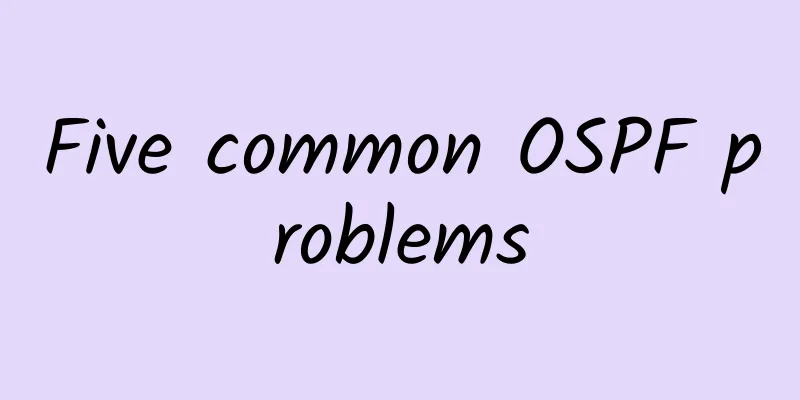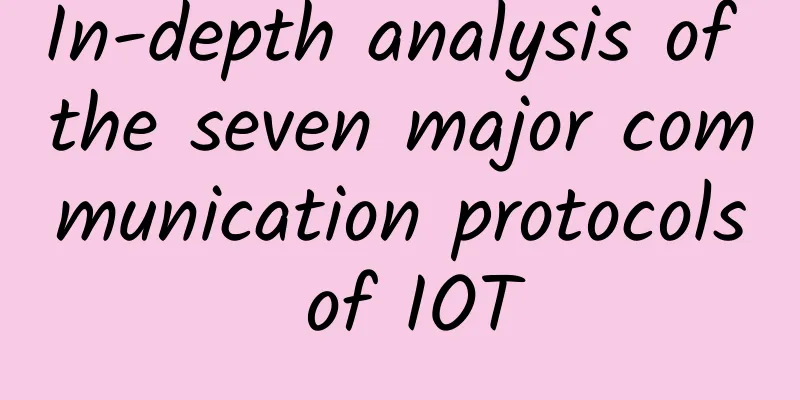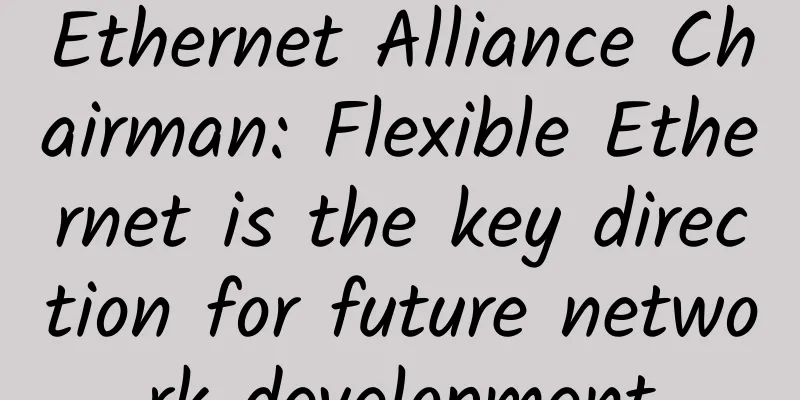Five common OSPF problems

|
I am Man Guodong, a lecturer at 51CTO Academy. On the occasion of the 51CTO Academy's "4.20 IT Recharge Festival" (April 19-20), I would like to share with you some common OSPF problems. 1. If there are two ABRs in an OSPF special area, and both ABRs issue default routes, won't this form a loop? No loop will be formed. When the ABR in a special area receives an SLA with a default route from the ABR in the same area, it will only put it into the LSDB (LSA Database) but will not use it to calculate routes, thus avoiding loops. If an OSPF router has already published an LSA containing a default route, it will not learn the same type of default route LSA published by other routers (the same type of default route LSA published by other routers will not be calculated during route calculation) If there are two ABRs in an NSSA area, will they both convert Type 7 LSAs into Type 5 LSAs? No, RFC3101 stipulates that when there are multiple ABRs in an NSSA area, only the ABR with the largest Router ID is responsible for converting Type 7 LSAs into Type 5 LSAs. 2. What is the difference between Virtual-link and Sham-link? Virtual-link is created to solve the irregular area problem of OSPF. Under normal circumstances, all non-backbone areas of OSPF should be directly connected to the backbone area (area0). If a non-backbone area must be connected to the backbone area through another non-backbone area due to early planning issues, virtual-link is used. As shown in the following figure: In order to connect Area2 to the backbone area, a virtual-link needs to be established between R3 and R2. Under the VPN configuration of OSPF, PE2 can only restore the routes learned from the remote PE1 through Mbgp to OSPF as Class 3/5/7 LSAs. If there is a backdoor link between CEs, as a backup of the public network MPLS link, the routes learned through the backdoor link on the CE are intra-regional routes. Since the routes learned from MBGP, data can only pass through the backdoor link instead of the MPLS link. To solve this problem, sham-link is generated. The main function of sham-link is to restore Class 1 and Class 2 LSAs. 3. OSPF supports multiple processes. Can an interface of a switch also belong to different OSPF processes? No. OSPF supports multiple processes, which means that multiple different OSPF processes can be run on the same switch. They do not affect each other and are independent of each other. The routing interaction between different OSPF processes is equivalent to the routing interaction between different routing protocols. However, an interface of a switch can only belong to one OSPF process. 4. OSPF GR Graceful Restart refers to a function that restarts the router gracefully, which can ensure that traffic forwarding is not interrupted and the network will not cause routing oscillation due to the short-term restart of the router. If a router does not restart the OSPF protocol in Graceful Restart mode, its adjacent routers will delete it from the neighbor list and notify other routers, causing SPF to be recalculated. If the protocol restart time is very short, it will cause route flapping. To avoid unnecessary SPF calculations, when a router restarts the OSPF protocol in Graceful Restart mode, it will notify its adjacent routers that it is only shut down for a few seconds and will soon return to normal. In this way, the adjacent routers will not delete the router performing the GR operation from the neighbor list, and other routers will not know that a router has restarted, thus avoiding route oscillation caused by changes in neighbor relationships. 5. Why does OSPF need to divide areas? In a relatively large network, OSPF LSAs are very large and take up a lot of storage space. OSPF is a link state protocol, so routers store LSAs instead of just routing information. After dividing the area, the number of LSAs that the routers in each area need to store will be greatly reduced. The link state algorithm is much more complex than the distance vector algorithm. It takes a long time to calculate the minimum spanning tree in a relatively large network, and the CPU burden is very heavy. After the area is divided, the link state algorithm is still used within the area, but the distance vector algorithm is used between areas. In a relatively large network, the network topology often changes, making the network often in "turbulence". When the network is relatively large, the probability of topology changes in the network is also relatively high. Every time the network topology changes, the minimum spanning tree must be recalculated. After dividing the area, ABR is equivalent to a "dam" to isolate the "turbulence" in different areas. 51CTO Academy 4.20 IT Charging Festival (On the 19th and 20th, 100 video courses are free to grab, and members can enjoy a 40% discount on video courses, non-members can enjoy a 30% discount, and packages can enjoy an additional 20% discount, and micro-jobs can enjoy a huge discount of 2,000 yuan) Activity link: http://edu..com/activity/lists/id-47.html?wenzhang Related video tutorials: Huawei HCNA2.1\\HCNP-RS2.0 video course http://edu..com/course/course_id-6859.html |
<<: The secret of the cybercrime chain: 1.6 million people are trading 600 million user data
>>: The secrets of the black industry: the things about the "coding platform"
Recommend
The number of Internet users in my country has reached 1.011 billion, and the Internet penetration rate has reached 71.6%.
According to the website of China Internet Networ...
The importance of 5G for manufacturing robots
The use of robots is often associated with the pu...
spinservers: Mid-Autumn Festival promotion, VPS 60% off 2G memory package from $5.6/month, dual E5+256G memory dedicated server from $199/month
spinservers launched a special promotion during t...
The key to making the Internet of Things really take off: wireless charging
From the average suburban home to the factory ass...
The strength of the WiFi signal is related to this core factor. Don't get it wrong.
When buying a wireless router, you should buy one...
Tips for installing and using wireless routers
How to install and use a wireless router? I belie...
Huawei releases new 5G products to support Chinese operators in building better 5G networks
[China, March 9, 2020] Today, Huawei held an onli...
SASE is advancing rapidly, and the first-line is stepping up efforts to empower the computing power era
With the accelerated development of enterprise di...
It is urgent for operators to improve network operation and maintenance
Communication networks are the underlying infrast...
Share an interesting data analysis method
[[405125]] This film note is a development summar...
55 yuan = 199 yuan, do you understand the "routine" behind the telecom package?
Reporters found that while measures to benefit th...
SpeedyPage 10% off, starting from $4.83/month-AMD Ryzen, DDR5 memory, Gen4 NVMe, Ashburn computer room
SpeedyPage recently launched a high-performance V...
What is WebDAV protocol? Do you know?
This article will introduce the basic concepts, a...
What are the challenges of using multiple team collaboration apps?
Many companies are already using various team col...
Talk: How to explain 3PC to your girlfriend?
After a pleasant hotpot meal, I went home leisure...









